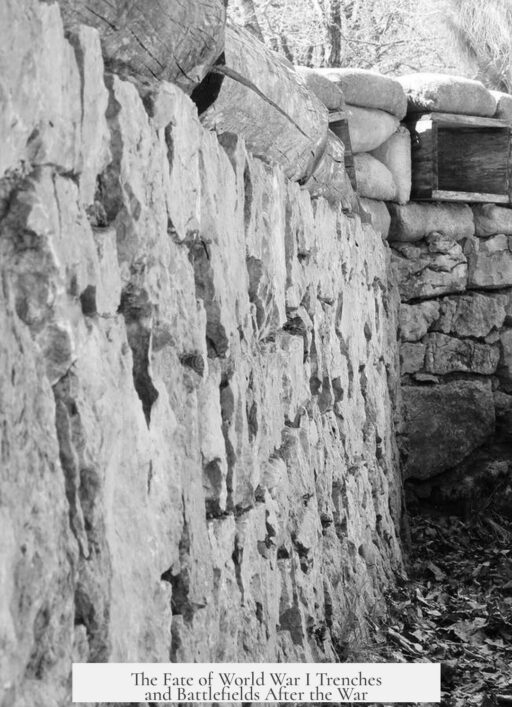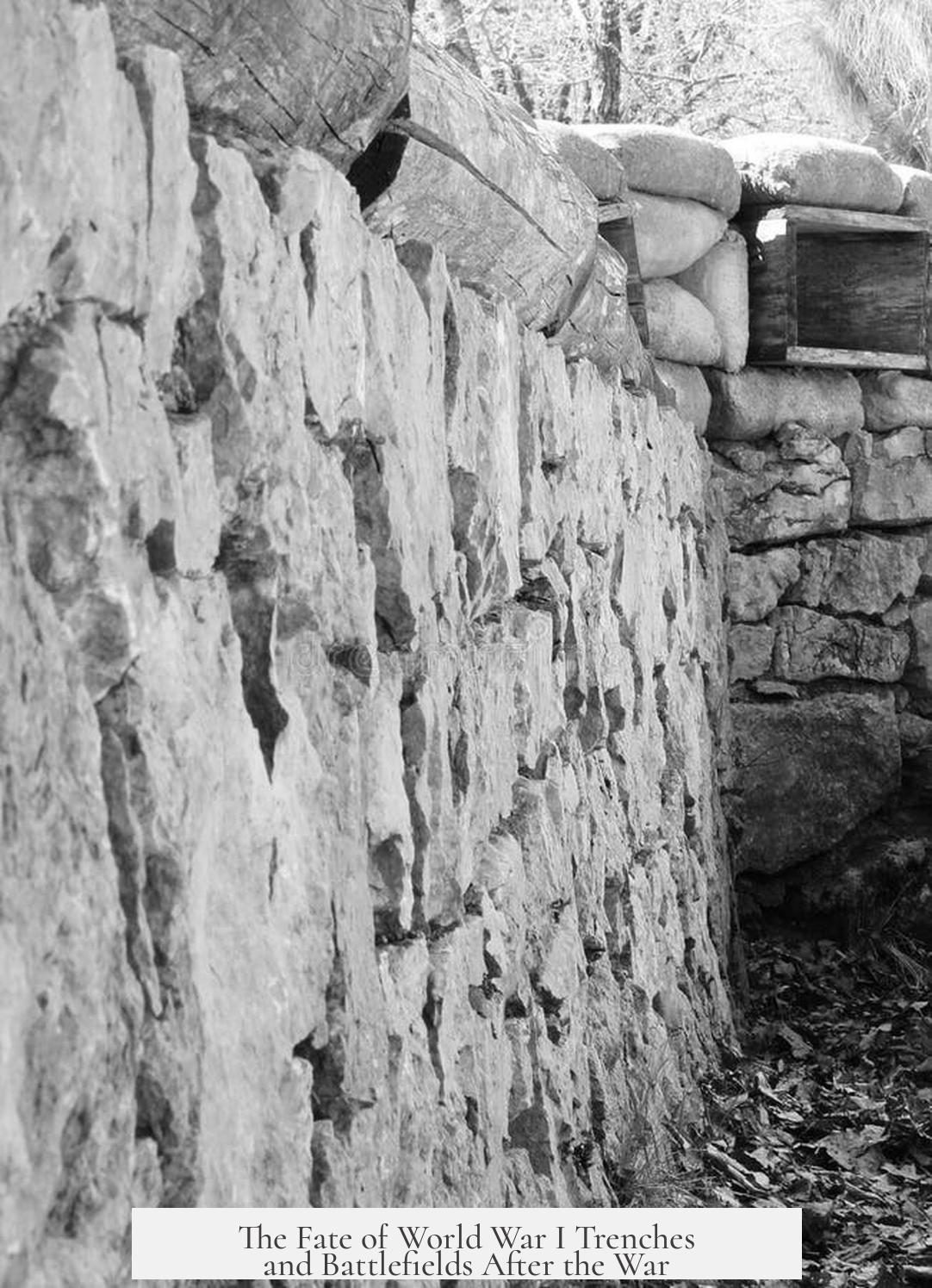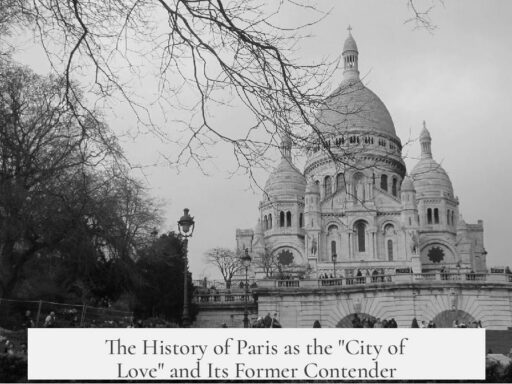After World War I, the trenches and battlefields faced multiple fates. Some were deliberately preserved for remembrance and education. Others were reclaimed by nature or returned to agricultural use. Many areas remained hazardous due to unexploded ordnance and chemical contamination.
The war left a deep mark on landscapes across Europe, especially along the Western Front in France and Belgium. Massive trenches, bomb craters, and destroyed villages littered the region. The French government designated the worst-affected zones as the “Zone Rouge.” These areas were so devastated that farming or habitation remained impossible for decades. Toxic chemicals and unexploded artillery shells linger in the soil, posing significant risks.
The Zone Rouge covers parts of northern France. Despite ongoing clearance efforts, the government estimates it may take 300 to 900 years to fully remove all explosives. Specialized teams called les démineurs handle about 60 tons of active munitions annually to reduce hazards.
Most trenches were dug on farmland. After hostilities ended, farmers gradually reclaimed their land by filling in trenches and bomb craters. Many farm fields still occasionally unearth unexploded ordnance during plowing. In Belgium, farmers keep contact numbers for military engineers who safely remove these remnants. Sometimes collapsed underground bunkers cause sinkholes, disrupting property and roads even decades later.
- Destroyed villages like some in France were never rebuilt. They serve as memorials and are officially “dead for France.”
- Several prominent battlefields remain preserved, such as Vimy Ridge and Beaumont-Hamel in northern France. These sites include original trenches and battlefield features for visitor education.
- Preservation involves local caretakers paid by governments or war graves commissions, ensuring these historic sites do not disappear.
- Belgium maintains numerous preserved trenches, bunkers, and craters across its municipalities, reflecting the country’s wartime experience.
Outside Western Europe, postwar conditions varied. Some war-torn areas saw minimal cleanup due to lack of resources. For example, in early 1920s Poland, some farmers lived within old bunkers for shelter. At Gallipoli in Turkey, trenches and Anzac Cove remain nearly unchanged, with erosion controls added to preserve the landscape.
Many trenches and battle damage gradually faded under natural overgrowth when left unattended. In some places, nature reclaimed the battlefield scars entirely before preservation efforts began decades later.
Archaeological digs continue to uncover artifacts such as bullets, grenades, barbed wire, and shell fragments. Unearthed items highlight the ongoing presence of the war’s physical remnants. Walks through forests near Riga, Latvia show bomb craters and trench remains largely overtaken by vegetation yet still visible.
In sum, the fate of WWI trenches and battlefields is complex and regionally varied. Landscape scars slowly heal, but hidden hazards and historical preservation efforts persist. Many sites now serve educational and memorial purposes while agricultural land has been restored elsewhere.
| Aspect | Details |
|---|---|
| Hazards | Unexploded shells, chemical residues, sinkholes from tunnel collapses |
| Land Reuse | Filling trenches, farming over fields, gradual land reclamation |
| Preservation | Memorial sites like Vimy Ridge, Beaumont-Hamel; preserved trenches and bunkers for tourism |
| Regional Differences | Western Front heavily farmed after war; other regions left abandoned or minimally restored |
| Ongoing Efforts | Demining teams removing explosives yearly; archaeological digs |
- Many WWI battlefields were restored to farmland or reclaimed by nature after the war.
- Hazards like unexploded shells and chemicals remain in some areas, especially the “Zone Rouge.”
- Several battlefields and trenches are preserved as memorials and educational sites.
- Regional differences influenced how trenches and battlefields were treated postwar.
- Demining and archaeological efforts continue to manage lingering dangers and uncover history.




